Our Skin Speaks To Us
It may not convey its meaning through the verbal language we are most familiar with, but it uses a more subtle form of communication, hinting at what lies beneath the surface.
Internal health is reflected to the outside world through the skin, so that even without fancy imaging or laboratory testing, we can still glean information about what’s going on within, if we are attuned enough to hear it. For example, acne is often a sign of underlying metabolic disturbance – a web woven of blood sugar, insulin, and sex hormone imbalances and often also a signal of digestive issues. If you have ever suffered from acne, you know how devastating it can be to the physical body but even more so to the mind.
Beneath the Surface
Elevations in testosterone and or DHEA levels (together called androgens) in women are a key component to acne development. To take this one step further, these elevations are thought to be caused by a metabolic disturbance at the cellular level; another term for this is insulin resistance. This is why topical treatments alone rarely are successful in treating acne; it’s an inside-out job.
First, it is essential to understand that an excess of simple carbohydrates and/or sugar is the pinnacle of this entire story. Normally, food is broken down and then absorbed into the bloodstream in the form of sugars such as glucose. Some foods turn into larger boluses of sugar than others. The rise in blood sugar signals the pancreas to increase the secretion of a hormone called insulin, which acts as a gatekeeper. This hormone attaches to cells, allowing sugar to move from the bloodstream into the cell so that it can be utilized as fuel to create energy.
Insulin resistance occurs when an average amount of insulin, overwhelmed by an abundance of glucose, cannot open the cell “doors” fast enough to keep up. In response, the body secretes even more insulin in an attempt to maintain normal blood glucose levels, leading to elevated levels of insulin, which can eventually coincide with elevated blood sugar levels. So how does this tie into sex hormone levels? Insulin resistance leads to direct stimulation of androgens from the ovaries. Overproduction of testosterone may lead to excessive sebum production, which, in turn, may increase the risk of inflamed sebaceous glands. This can trigger acne outbreaks.
Proactive, Rather than Reactive
It’s probably not surprising to you that identifying and treating health dysfunction sooner rather than later creates more successful outcomes. In other words, it’s easier to reverse mild disorders than it is to reverse established diseases. It’s easier to normalize mild blood sugar elevations and acne than it is to cure type 2 diabetes. So how can we confirm these quiet metabolic issues as soon as possible?
Salivary hormone testing often reveals elevations in testosterone and or DHEA in women suffering with acne. Salivary hormone testing is sensitive enough to capture elevations in testosterone and or DHEA prior to overt changes in glucose or insulin levels captured through blood testing. This makes saliva a powerful tool to identify and intervene before more overt pathologies develop and become harder to resolve.
The connection between androgen hormones and blood sugar regulation is one that is often missed; however, acne can serve as a clue, signifying androgen elevations in women – an early indicator of dysfunction that may lead to more overt disease processes, including polycystic ovarian syndrome (PCOS), metabolic syndrome, or even type 2 diabetes if unaddressed.
The Conventional Approach
If you have ever experienced acne, you may have found that trips to the doctor resulted in frustration as topical creams left your skin angry, red and raw.
Oral birth control pills are also often prescribed to manage acne. This is because estrogen within the pill travels through the liver during digestion and increases a marker called sex hormone binding globulin (SHBG). This compound is very attracted to testosterone, binding strongly to render it inactive. Reduced levels of once elevated active testosterone in women leads to less acne. Furthermore, estrogen and progestin in oral birth control pills influence the hypothalamic-pituitary-ovarian (HPO) axis decreasing follicle stimulating (FSH) and luteinizing hormone (LH). Decreased FSH/LH levels stops ovulation from occurring. Because the majority of sex hormone is created by ovarian production surrounding ovulation, all sex hormone levels, including testosterone levels, decline. Sounds like a winning combination, were it not for the plethora of studies linking oral birth control pills for vitamin and nutrient depletion, depression, microbiome disturbance and even shrinkage of the brain’s hippocampus!
Isotretinoin (generic for Accutane) is another common prescription for acne. It can successfully dry up acne, though it has some scary side effects, including liver toxicity, irreversible dryness of mucous membranes of the eyes, mouth, nose and vagina, as well as hair loss, and joint pain. This medication can also cause severe, life-threatening birth defects if the mother takes the medication during pregnancy.
A Different Approach
What if we wanted to treat the acne’s root cause rather than reach for a medication with possible unwanted side effects? Acne can be treated from the inside out, without harmful medications nor harsh topical treatments. But don’t take my word for it; medical theories such as Naturopathic medicine, Classical Chinese medicine and ancient Ayurvedic medicine have successfully treated all types of skin disorders without modern prescriptions, test tubes and microscopes for hundreds, and sometimes thousands of years.
In this case, a root cause approach would be to treat the blood sugar imbalance, thereby reducing testosterone as directed by the body without suppressing it by outside means.
Treatment Outline
Here is a comprehensive list of potential root-cause approaches to acne:
Diet:
- Drink plenty of filtered water each day
- Avoid simple carbohydrates and sugar in the diet (i.e. pasta, breads, crackers, pizza, chips, cakes, cereals, juice, and soda)
- Avoid dairy
- Avoid artificial sweeteners
- Aim for 30% protein (clean meats, fish, beans, legumes)
- Consume high fiber and dense micronutrients through abundant greens, fresh veggies, and fruits of all colors
- Eat nuts and seeds
Movement:
- Exercise, specifically muscle engagement through resistance exercise is most efficient at burning up glucose from the bloodstream, thereby lowering testosterone and DHEA naturally
Supplementation:
- Vitamin D supplementation to optimal levels has been shown to sensitize insulin receptors. Studies have shown that increasing vitamin D from 10 to 30 ng/ml can improve insulin sensitivity by 60%. A clinical trial using 1332 IU/day for 30 days in women with type 2 diabetes improved insulin sensitivity by 21%, which outperformed Metformin’s 13% improvement
- Berberine has been shown to lower blood sugar and increase insulin receptor expression
- Chromium’s function in our bodies is critical; it works with insulin to move glucose into cells
- Green tea has proven to regulate glucose metabolism and enhance insulin sensitivity. It is especially rich in epigallocatechin gallate (EGCG), a polyphenol that seems to improve acne though its anti-inflammatory, antioxidant, and antimicrobial properties
- Gymnema Sylvestre has shown to lower glucose and improve insulin sensitivity
Topical Support:
- Choose clean, non-toxic skin care
- A compounded facial cream to treat acne caused by high androgens combines zinc, vitamin B6 and azelaic acid, which inhibit testosterone activity. In fact, when the three substances were studied separately, no great effect was seen. But a synergistic effect was seen by combining low concentrations of each for a 90% inhibition of 5 alpha-reductase, an enzyme involved in testosterone activity
*Always consult with your health care provider to determine which treatments are best suited for your unique being.
Case Example
This was a 25-year-old female patient I worked with who suffered from cystic acne:
This salivary hormone test result revealed low estrogen and low progesterone, together indicating that ovulation was not occurring. It also revealed elevated DHEA and upper range testosterone, signifying insulin resistance. This hormone pattern is common in individuals with PCOS.
This was the treatment plan I provided to the patient:
- Seed cycling: 2 tablespoons of ground flaxseeds days 1-14 of menses, 2 tablespoons of ground sunflower seeds days 15-28 of menses
- Limit carbohydrate intake to < 100 grams per day. Carbohydrates must come from a whole food source such sweet potatoes or bananas, etc.
- Combine protein and or fat intake with carbohydrates during meals and/or snacks (i.e. add almond butter to apple slices)
- Vitamin D – 2,000 IU each day
- Zinc – 15 mg each day with food
- Drink 2-3 cups of green tea daily
- Turn off all electronics by 9 pm, in bed by 9:30 pm: 8 hours of quality sleep per night
- Exercise – resistance training 30 mins, 2 times per week. Yoga 60 mins, 1 time per week
6 months later, this was her follow-up salivary hormone test:
The result? Much improved sex hormone levels and acne resolved.*
In Summary
Aside from objective hormone laboratory testing, the skin serves as a sensitive reflection for the symphony of hormones orchestrating within the body.
Let us end with this knowledge: your skin is not a layer of cells that sits atop the body acting unprovoked. Your skin is a communication portal whispering to you the secrets of what stirs inside. Pause and listen – it’s telling you the whole story.
* This is a case study and does not necessarily represent how other people’s skin or health issues will respond. It is always best to consult with your integrative, functional, or naturopathic physician for a personalized treatment plan that addresses your unique needs.
REFERENCES:
Adebamowo CA, Spiegelman D, Danby FW, Frazier AL, Willett WC, Holmes MD. High school dietary dairy intake and teenage acne. J Am Acad Dermatol. 2005 Feb;52(2):207-14. doi: 10.1016/j.jaad.2004.08.007. PMID: 15692464.
Borghouts LB, Keizer HA. Exercise and insulin sensitivity: a review. Int J Sports Med. 2000 Jan;21(1):1-12. doi: 10.1055/s-2000-8847. PMID: 10683091.
Carlson JJ, Eisenmann JC, Norman GJ, Ortiz KA, Young PC. Dietary fiber and nutrient density are inversely associated with the metabolic syndrome in US adolescents. J Am Diet Assoc. 2011 Nov;111(11):1688-95. doi: 10.1016/j.jada.2011.08.008. PMID: 22027051.
Hertel J, König J, Homuth G, Van der Auwera S, Wittfeld K, Pietzner M, Kacprowski T, Pfeiffer L, Kretschmer A, Waldenberger M, Kastenmüller G, Artati A, Suhre K, Adamski J, Langner S, Völker U, Völzke H, Nauck M, Friedrich N, Grabe HJ. Evidence for Stress-like Alterations in the HPA-Axis in Women Taking Oral Contraceptives. Sci Rep. 2017 Oct 26;7(1):14111. doi: 10.1038/s41598-017-13927-7. PMID: 29074884; PMCID: PMC5658328.
Imga NN, Karci AC, Oztas D, Berker D, Guler S. Effects of vitamin D supplementation on insulin resistance and dyslipidemia in overweight and obese premenopausal women. Arch Med Sci. 2019 May;15(3):598-606. doi: 10.5114/aoms.2018.75864. Epub 2018 May 21. PMID: 31110524; PMCID: PMC6524196.
Khan A, Safdar M, Ali Khan MM, Khattak KN, Anderson RA. Cinnamon improves glucose and lipids of people with type 2 diabetes. Diabetes Care. 2003 Dec;26(12):3215-8. doi: 10.2337/diacare.26.12.3215. PMID: 14633804.
Penso L, Touvier M, Deschasaux M, Szabo de Edelenyi F, Hercberg S, Ezzedine K, Sbidian E. Association Between Adult Acne and Dietary Behaviors: Findings From the NutriNet-Santé Prospective Cohort Study. JAMA Dermatol. 2020 Aug 1;156(8):854-862. doi: 10.1001/jamadermatol.2020.1602. PMID: 32520303; PMCID: PMC7287950.
Pirillo A, Catapano AL. Berberine, a plant alkaloid with lipid- and glucose-lowering properties: From in vitro evidence to clinical studies. Atherosclerosis. 2015 Dec;243(2):449-61. doi: 10.1016/j.atherosclerosis.2015.09.032. Epub 2015 Sep 30. PMID: 26520899.
Saric S, Notay M, Sivamani RK. Green Tea and Other Tea Polyphenols: Effects on Sebum Production and Acne Vulgaris. Antioxidants (Basel). 2016 Dec 29;6(1):2. doi: 10.3390/antiox6010002. PMID: 28036057; PMCID: PMC5384166.
Stamatiadis D, Bulteau-Portois MC, Mowszowicz I. Inhibition of 5 alpha-reductase activity in human skin by zinc and azelaic acid. Br J Dermatol. 1988 Nov;119(5):627-32. doi: 10.1111/j.1365-2133.1988.tb03474.x. PMID: 3207614.
Thomson RL, Spedding S, Buckley JD. Vitamin D in the aetiology and management of polycystic ovary syndrome. Clin Endocrinol (Oxf). 2012 Sep;77(3):343-50. doi: 10.1111/j.1365-2265.2012.04434.x. PMID: 22574874.
Tiwari P, Mishra BN, Sangwan NS. Phytochemical and pharmacological properties of Gymnema sylvestre: an important medicinal plant. Biomed Res Int. 2014;2014:830285. doi: 10.1155/2014/830285. Epub 2014 Jan 6. PMID: 24511547; PMCID: PMC3912882.
Uysal G, Sahin Y, Unluhizarci K, Ferahbas A, Uludag SZ, Aygen E, Kelestimur F. Is acne a sign of androgen excess disorder or not? Eur J Obstet Gynecol Reprod Biol. 2017 Apr;211:21-25. doi: 10.1016/j.ejogrb.2017.01.054. Epub 2017 Jan 23. PMID: 28178574.
Vasquez A, Manso G, Cannell J. The clinical importance of vitamin D (cholecalciferol): a paradigm shift with implications for all healthcare providers. Altern Ther Health Med. 2004 Sep-Oct;10(5):28-36; quiz 37, 94. PMID: 15478784.
Yin RV, Phung OJ. Effect of chromium supplementation on glycated hemoglobin and fasting plasma glucose in patients with diabetes mellitus. Nutr J. 2015 Feb 13;14:14. doi: 10.1186/1475-2891-14-14. PMID: 25971249; PMCID: PMC4430034.
Zarei A, Changizi-Ashtiyani S, Taheri S, Ramezani M. A quick overview on some aspects of endocrinological and therapeutic effects of Berberis vulgaris L. Avicenna J Phytomed. 2015 Nov-Dec;5(6):485-97. PMID: 26693406; PMCID: PMC4678494.
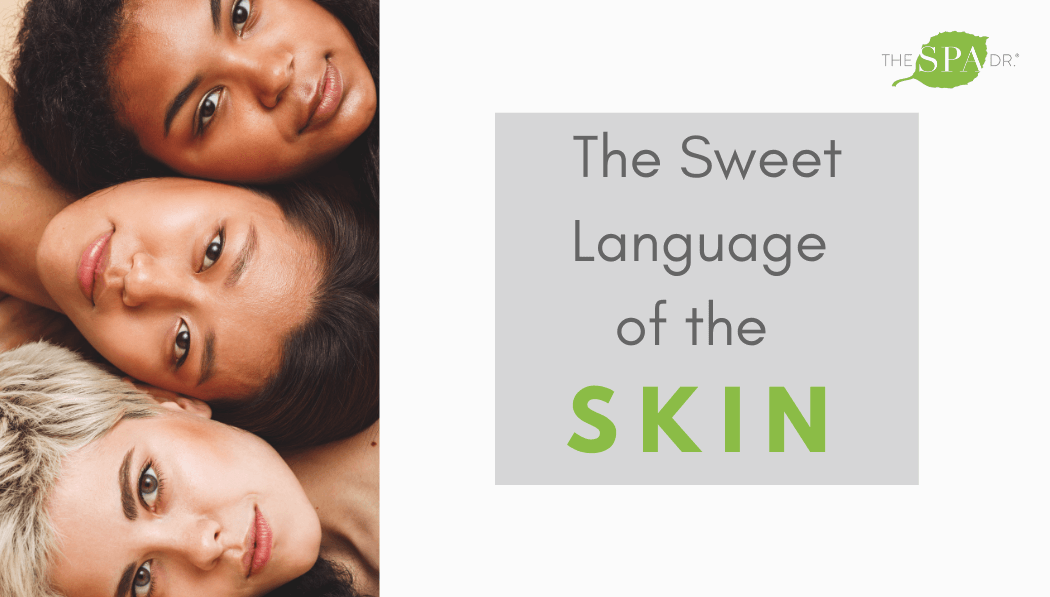
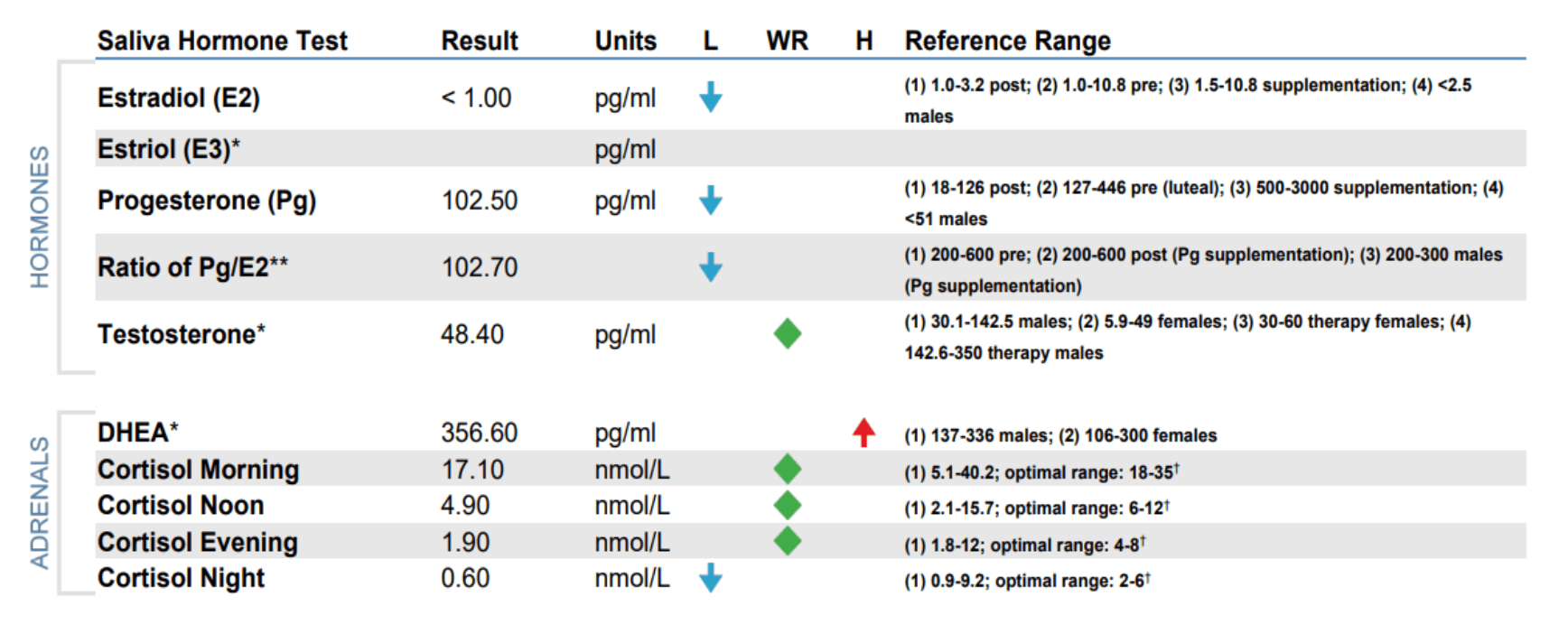
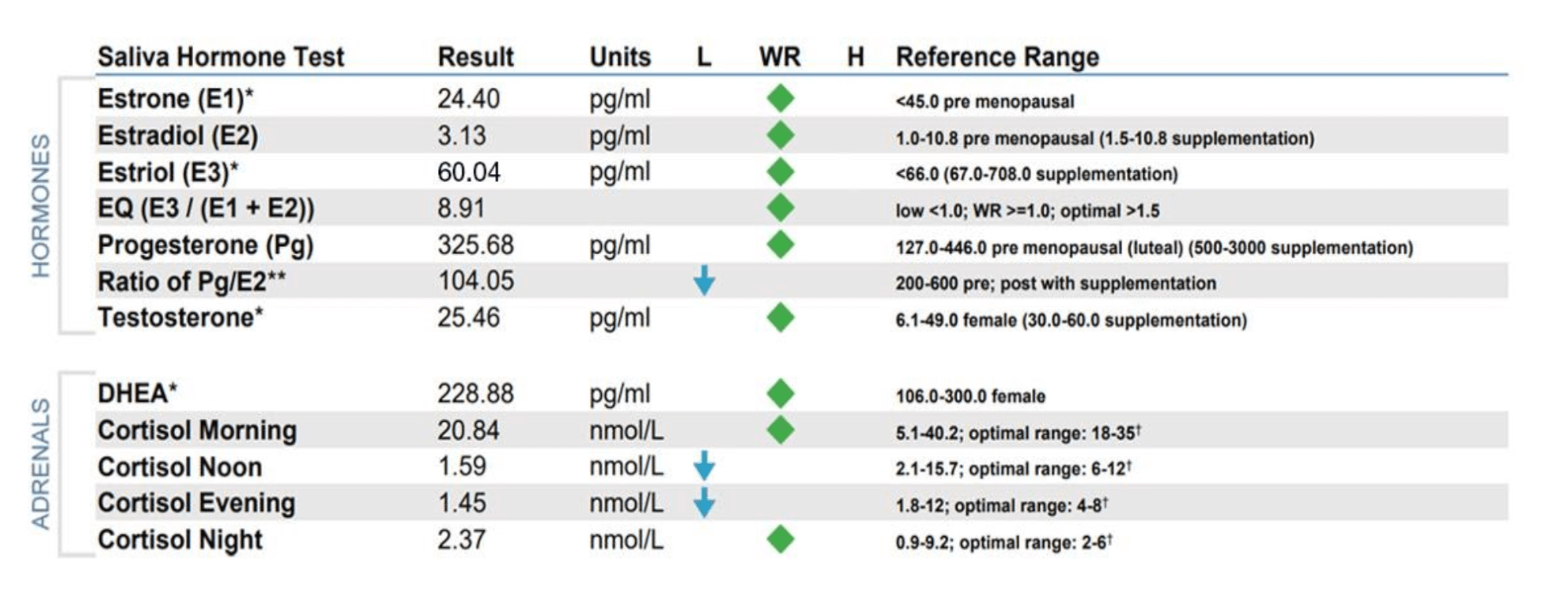
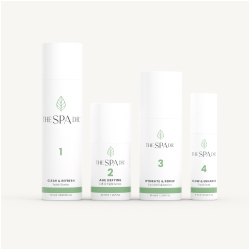
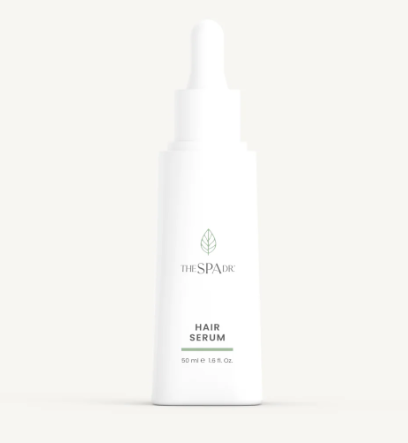
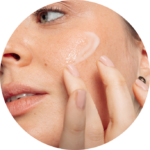

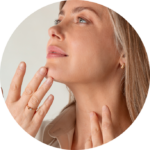
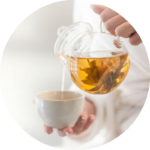

Reader Interactions